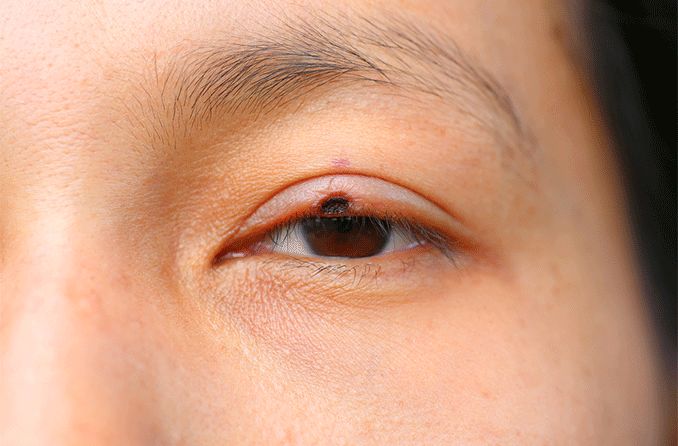
Eye Cancer
Find essential information about the symptoms, diagnosis and treatments for eye cancer. What are the risk factors and signs to watch out for?

Eye cancers are rare but can be risky. Find out about the most common causes, symptoms and treatments of eye cancer.

Eyelid cancer — find out about prevention, symptoms, causes and treatments for cancerous growths in and on the eyelids.

Ocular (eye) melanoma is a rare condition in which cancerous tumors develop on the cells that give your eyes their color.

Learn about conjunctival primary acquired melanosis (PAM) — a pigmented, brown, flat patch on the conjunctiva of the eye — and why a doctor should check it.

Retinoblastoma, which begins in the retina, is the most common eye cancer found in children.
All About Vision and AllAboutVision.com are registered trademarks of AAV Media, LLC. © 2000-2025 AAV Media, LLC. The content on this site is for informational purposes only. All About Vision does not provide medical advice, diagnosis or treatment. Contact an eye doctor if you need medical attention.